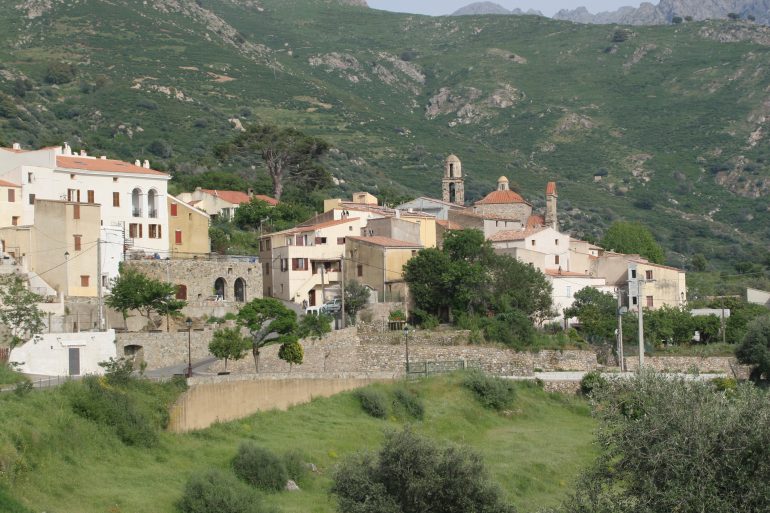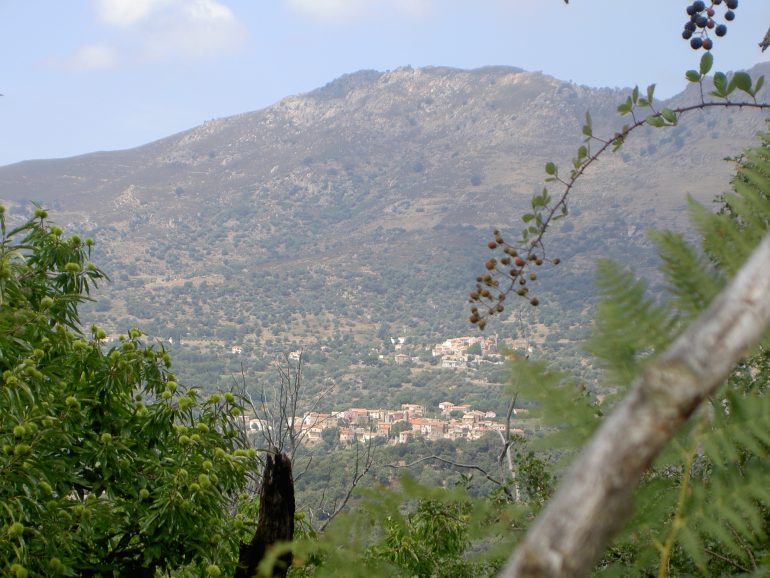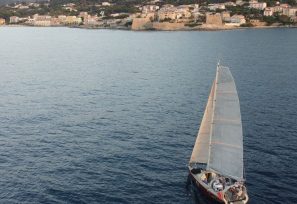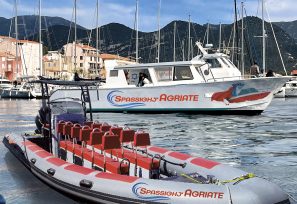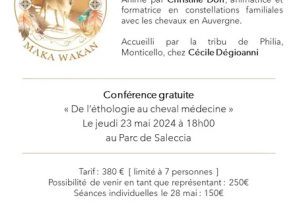Perched at an elevation of 355 metres, the 18th-century Baroque church of this Medieval village is dedicated to Saint Vitus.
In the Middle Ages, the village had a territory of 4 km² before the merger with Montemaggiore and Cassano, to form the only municipality of Montegrosso. It is dominated by the Capu di Bestiaet located halfway between the slope and the mountainside. Its old houses often have beautiful carved doors. 300 m. to the east, on the heights, rose the fort of Pilone and the old medieval village abandoned in the 17th century. Around 1467, Ambrosgino de Lunghignanu received from the Duke of Milan, then sovereign of Corsica, the title of ducal governor but the tyranny of many "corporali" and a situation of disorder forced him to go into exile in Italy. At a place called Lurgugliu, you can see a flat stone of 1 m. circumference that oral tradition says to be a supplicative or sacrificial stone. Sights... Saint Vitus parish church: the Baroque church of the village of Lunghignano was built during the 18th century from schist, rubble stone and filler. Bell tower in the apse. A Ghjesgia San Raineru: This Romanesque church is located above the village, at an elevation of 415 metres, 1 km to the north west. It is a multicoloured pink-granite structure dating from the 11th century. San Raineru was protected here by a decree dated 15 May 1930. It was classified as a Historical Monument in 1992. Wash house Fountain under arcading Arts & crafts: "U Fragnu" oil mill
Features
-
Visit
-
Individual visit :
-
Group visit :
-
Individual visit :
-
Spoken languages
- French
To know
-
Animals welcome
Pets not accepted






